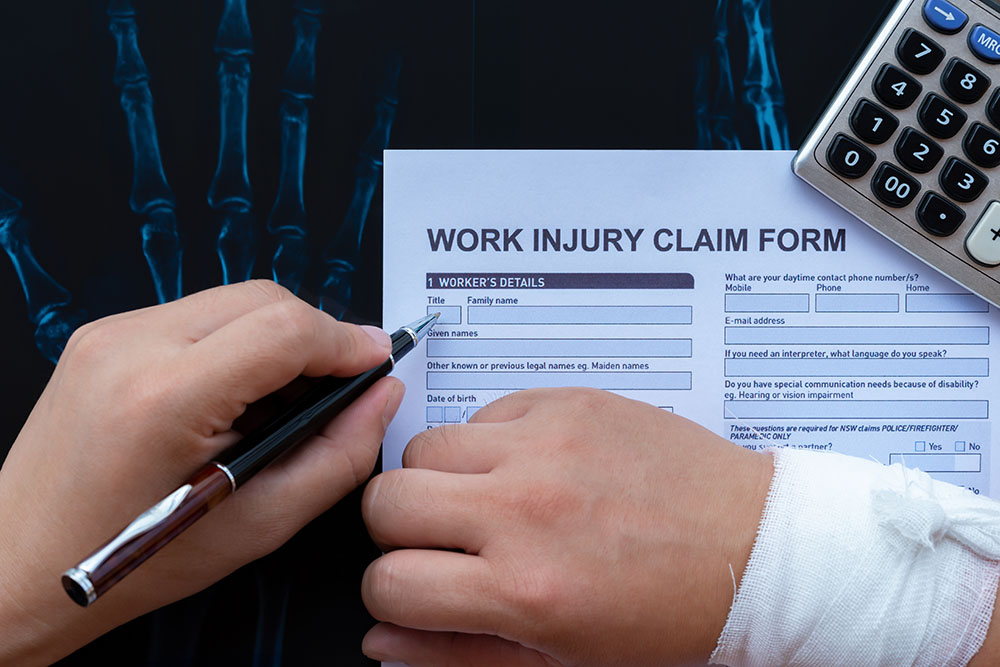Migraines are a debilitating condition that can be most difficult to live with. That is why people will try almost anything to combat the condition. While Botox has been viewed by some as a means of preventing migraines, a new study states that it might only help if a person has chronic migraines — and, even in that case, the positive effect is only “mild to moderate.” The study also showed that Botox was useless in treating patients’ episodic migraines and chronic tension-type headaches.
“Our analyses suggest that botulinum toxin A may be associated with improvement in the frequency of chronic migraine and chronic daily headaches, but not with improvement in the frequency of episodic migraine, chronic tension-type headaches or episodic tension-type headaches,” wrote the authors of the review.
However, lead author Dr. Jeffrey Jackson, professor of medicine at the Medical College of Wisconsin in Milwaukee, said, “If I was having more than 15 migraines a month, I’d give Botox a try. It has few side effects. And, if it helps, you can go 90 days without as many headaches and without daily side effects.”
The results of the review are published in the April 25 issue of the Journal of the American Medical Association. Other medications have been used to treat migraines that are proving to be a moderate success. One of those medications is the anti-seizure drug Topamax. While the drug has been proven to help in treating migraines, the drug is also linked to serious side effects. Some of the side effects linked to Topamax include birth defects in babies exposed to the drug in-utero like PPHN, oral clefts, neural tube defects and heat, lung and brain defects. Due to these birth defects risks, Topamax is not recommended for women who are pregnant or thinking of becoming pregnant.
If your baby was born with any of these birth defects after being exposed to Topamax during gestation, contact Greg Jones today for a free consultation. I am experienced at fighting Topamax lawsuits and may be able to help you recover money for your baby’s injuries.




